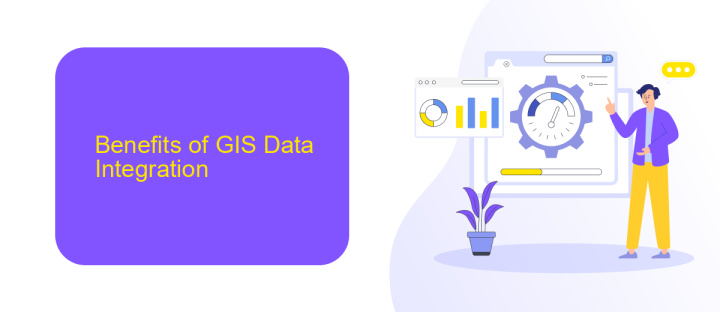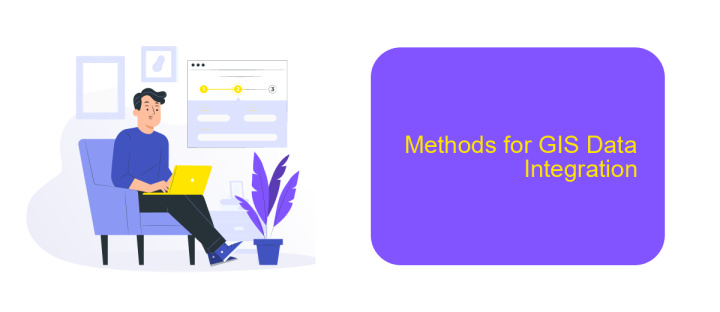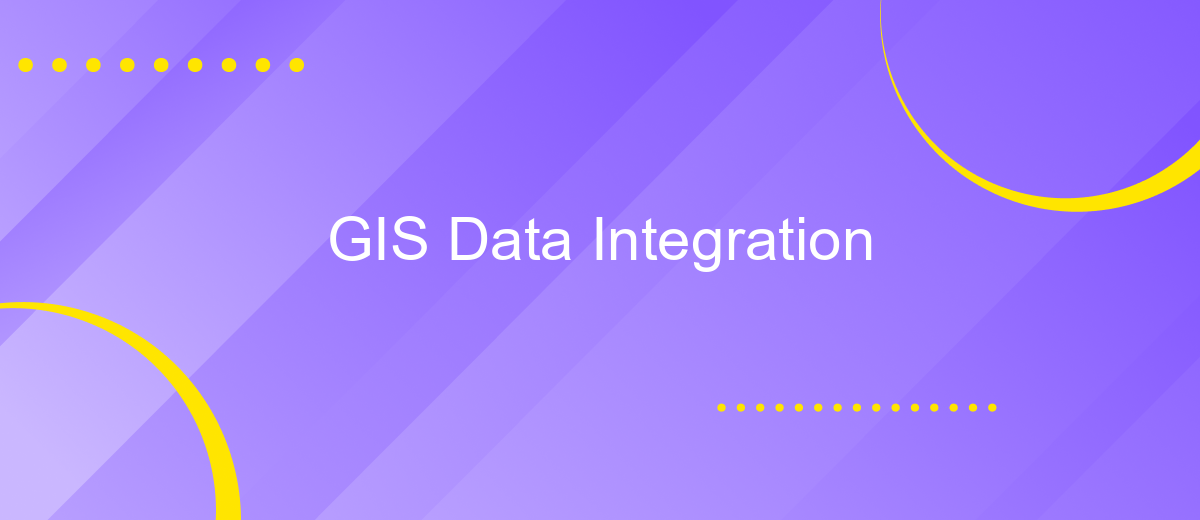GIS Data Integration
Geographic Information System (GIS) data integration is a critical process that combines spatial and non-spatial data from various sources to create comprehensive, actionable insights. This integration enhances decision-making across multiple sectors, including urban planning, environmental management, and disaster response. By unifying diverse datasets, GIS data integration enables organizations to visualize and analyze complex geographic relationships, driving more informed and effective strategies.
Introduction
Geographic Information System (GIS) data integration is a critical process that combines spatial data from various sources to create comprehensive, accurate, and useful datasets. This integration allows organizations to make informed decisions based on a holistic view of spatial information. The need for efficient GIS data integration is growing as more industries recognize the value of spatial data in enhancing operational efficiency and strategic planning.
- Enhanced decision-making through comprehensive data analysis
- Improved accuracy and reliability of spatial data
- Streamlined data management and accessibility
One effective tool for GIS data integration is ApiX-Drive, a service that simplifies the process of connecting diverse data sources. ApiX-Drive offers a user-friendly interface and robust features that automate data synchronization, ensuring that GIS datasets are always up-to-date. By leveraging such services, organizations can focus on analyzing and utilizing their spatial data rather than being bogged down by the complexities of data integration.
Benefits of GIS Data Integration

Integrating GIS data offers numerous benefits that significantly enhance decision-making processes and operational efficiency. By combining spatial data from various sources, organizations can gain a comprehensive understanding of geographic patterns and relationships. This holistic view enables better resource allocation, improved planning, and more effective response strategies in fields such as urban development, environmental management, and disaster response. Additionally, the integration of GIS data facilitates real-time monitoring and analysis, allowing for timely interventions and adjustments based on current conditions.
Moreover, leveraging tools like ApiX-Drive simplifies the process of GIS data integration by automating data workflows and ensuring seamless connectivity between different platforms. ApiX-Drive provides an intuitive interface that allows users to easily set up and manage integrations without the need for extensive technical knowledge. This streamlines data synchronization and enhances data accuracy, ultimately leading to more reliable insights. By utilizing such services, organizations can focus more on analysis and decision-making rather than the complexities of data management, thereby maximizing the value derived from their GIS investments.
Challenges of GIS Data Integration

Integrating GIS data presents several challenges that can impact the accuracy and efficiency of spatial analysis. These challenges often stem from the diversity of data sources, formats, and the inherent complexity of spatial data itself.
- Data Heterogeneity: GIS data comes from various sources, each with its own format and structure, making it difficult to standardize and integrate.
- Data Quality: Inconsistent data quality, including errors and gaps, can lead to inaccurate analysis and decision-making.
- Scalability: Managing and processing large volumes of GIS data requires significant computational resources and efficient algorithms.
- Interoperability: Ensuring that different GIS systems and software can effectively communicate and share data is a technical challenge.
- Integration Tools: While tools like ApiX-Drive can facilitate data integration by automating workflows, setting up these integrations still requires expertise and careful planning.
Addressing these challenges requires a combination of robust data management practices, advanced analytical tools, and effective integration platforms. By leveraging services like ApiX-Drive, organizations can streamline the integration process, ensuring that GIS data is accurate, consistent, and readily available for analysis.
Methods for GIS Data Integration

Integrating GIS data is a multifaceted process that involves combining spatial data from various sources to create a cohesive, unified dataset. This integration is crucial for accurate analysis and decision-making in fields such as urban planning, environmental monitoring, and resource management.
Several methods exist for GIS data integration, each suited to different types of data and specific project requirements. Commonly used techniques include manual digitization, georeferencing, and data transformation. These methods help ensure that data from disparate sources can be accurately overlaid and analyzed together.
- Manual Digitization: Converting paper maps into digital formats by tracing features.
- Georeferencing: Aligning spatial data to a known coordinate system.
- Data Transformation: Converting data formats to ensure compatibility.
- API Integration: Using tools like ApiX-Drive to automate data transfer between systems.
To streamline the integration process, services like ApiX-Drive can be utilized. ApiX-Drive allows for seamless API integration, enabling automated data synchronization between various GIS platforms and databases. This not only saves time but also reduces the risk of errors, ensuring data integrity and consistency.


Conclusion
Integrating GIS data effectively is crucial for enhancing spatial analysis and decision-making processes across various industries. By combining diverse datasets, organizations can gain comprehensive insights, leading to more informed decisions and optimized operations. The integration process, however, requires meticulous planning and the adoption of robust tools to ensure seamless data amalgamation and usability.
Tools like ApiX-Drive facilitate this integration by offering automated workflows that connect different data sources effortlessly. These services streamline the process, reducing the manual effort and potential for errors, thereby allowing organizations to focus more on analysis rather than data management. Embracing such solutions not only improves efficiency but also enhances the overall accuracy and reliability of the integrated GIS data, paving the way for more innovative and data-driven strategies.
FAQ
What is GIS data integration?
Why is GIS data integration important?
How can I automate GIS data integration?
What challenges might I face during GIS data integration?
Can I integrate GIS data with non-GIS data sources?
Routine tasks take a lot of time from employees? Do they burn out, do not have enough working day for the main duties and important things? Do you understand that the only way out of this situation in modern realities is automation? Try Apix-Drive for free and make sure that the online connector in 5 minutes of setting up integration will remove a significant part of the routine from your life and free up time for you and your employees.

